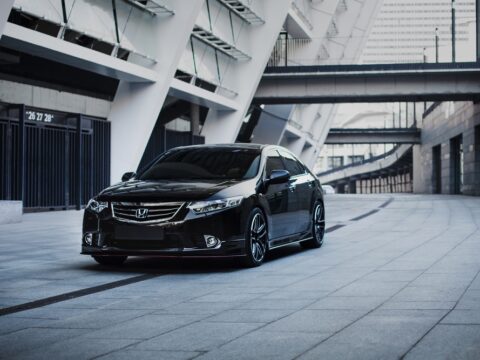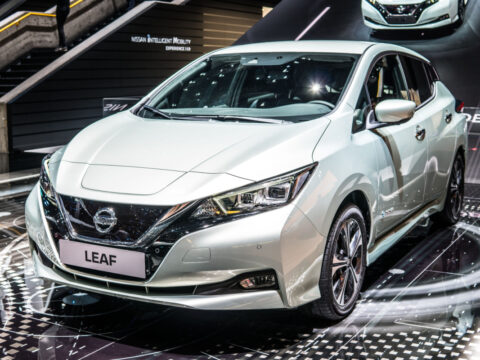Classic American cars often evoke feelings of nostalgia and admiration, but not all of them were hits. Some models, despite their iconic status, failed to win over the public. In this article, we delve into 25 classic American cars that, for various reasons, everyone hated. From design flaws to poor performance, these cars missed the mark and left drivers unimpressed.
Contents
Ford Edsel

The Ford Edsel, launched in 1958, is infamous for its overhyped debut and disastrous sales. Marketed as a revolutionary vehicle, it featured a controversial “horse collar” grille design and advanced features that failed to work reliably. High price tags and mechanical issues further deterred buyers, leading to its discontinuation in 1960 and a legacy as one of the biggest flops in automotive history.
Chevrolet Vega
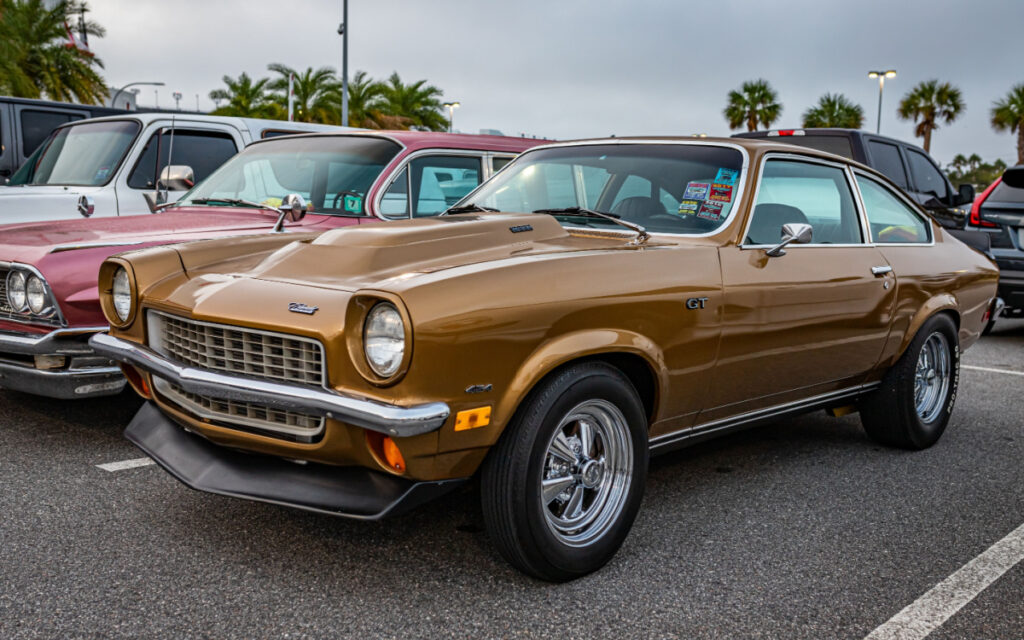
The Chevrolet Vega, introduced in 1970, quickly garnered a reputation for poor build quality and reliability issues. Engine problems, such as oil burning and overheating, were rampant, and rust developed unusually fast on the body. These issues overshadowed its initially praised design and led to its early demise in 1977.
AMC Pacer
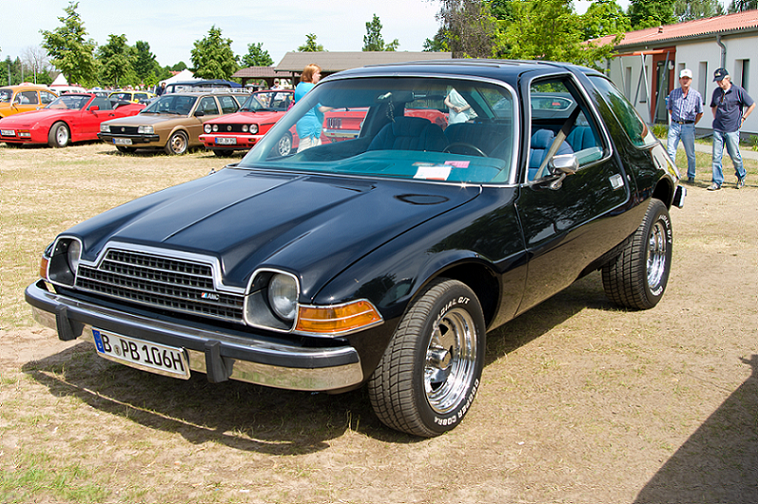
The AMC Pacer, released in 1975, was designed to be a compact, futuristic car. However, its unconventional styling, with a wide body and large glass area, was polarizing. Additionally, it suffered from poor fuel economy, underpowered engines, and quality control problems, making it unpopular among consumers.
Pontiac Aztek

The Pontiac Aztek, launched in 2001, is often criticized for its unattractive design, with awkward proportions and excessive cladding. Despite innovative features like a built-in cooler and tent, its poor aesthetics and subpar performance led to its being a commercial failure, marking the beginning of Pontiac’s decline.
Ford Pinto
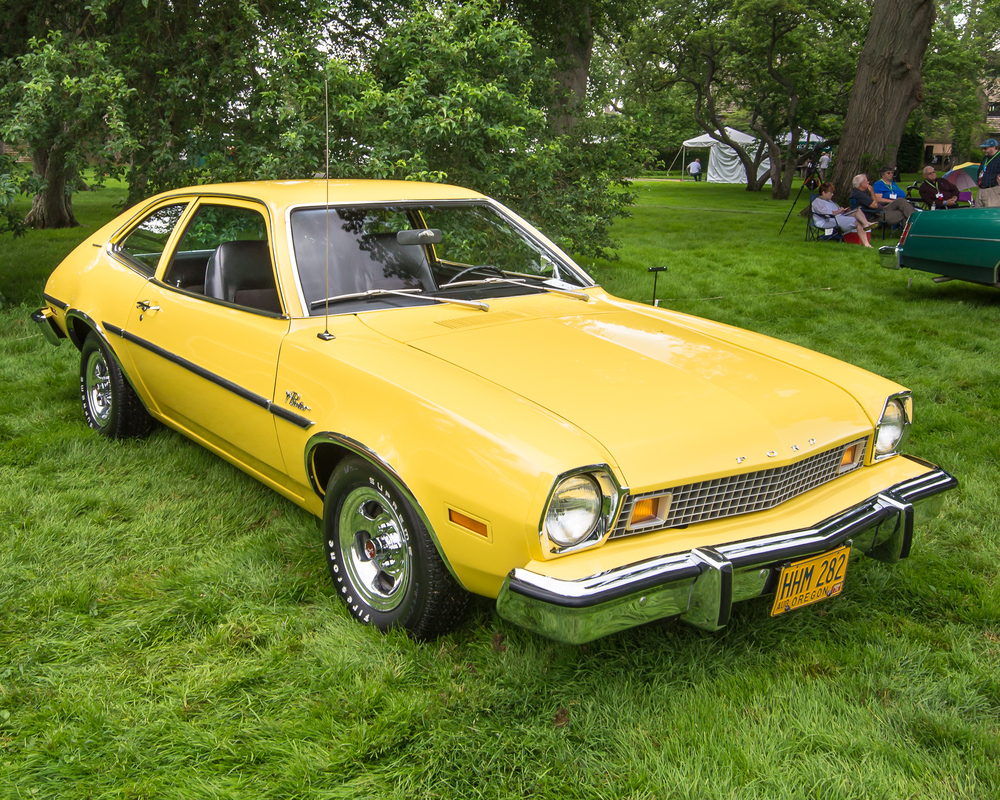
The Ford Pinto, introduced in 1971, became notorious for its dangerous design flaw that caused the fuel tank to explode in rear-end collisions. Despite its initial popularity due to its low price and compact size, the safety scandal severely damaged its reputation and led to significant legal and financial consequences for Ford.
Chevrolet Corvair
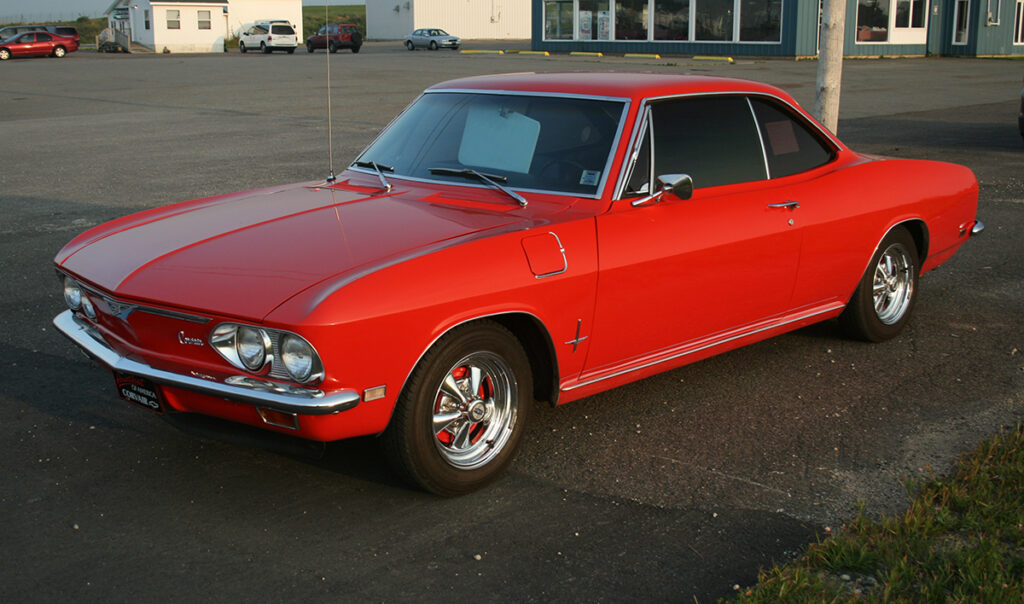
The Chevrolet Corvair, produced from 1960 to 1969, faced significant backlash due to its unique rear-engine design, which led to handling issues. Ralph Nader’s book “Unsafe at Any Speed” highlighted these safety concerns, causing public outcry and eventually leading to changes in auto safety regulations. The negative publicity overshadowed the Corvair’s innovative engineering and led to its discontinuation.
Cadillac Cimarron
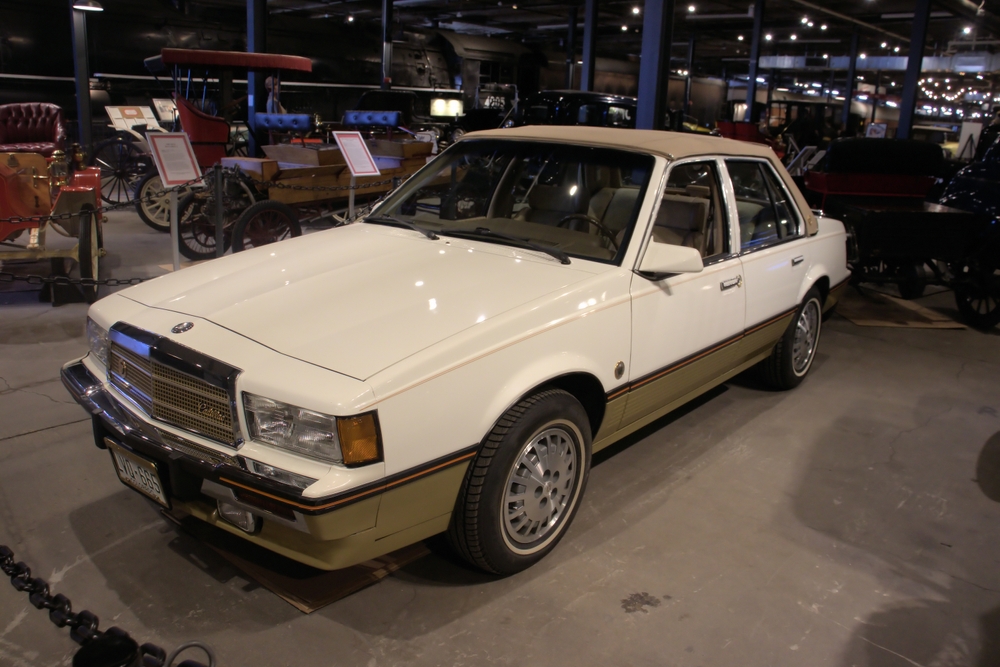
The Cadillac Cimarron, introduced in 1982, was criticized for being a poorly disguised, overpriced version of the Chevrolet Cavalier. Cadillac’s attempt to enter the compact luxury market failed as the Cimarron lacked the performance, luxury, and exclusivity expected from the brand, damaging Cadillac’s reputation for years.
AMC Gremlin
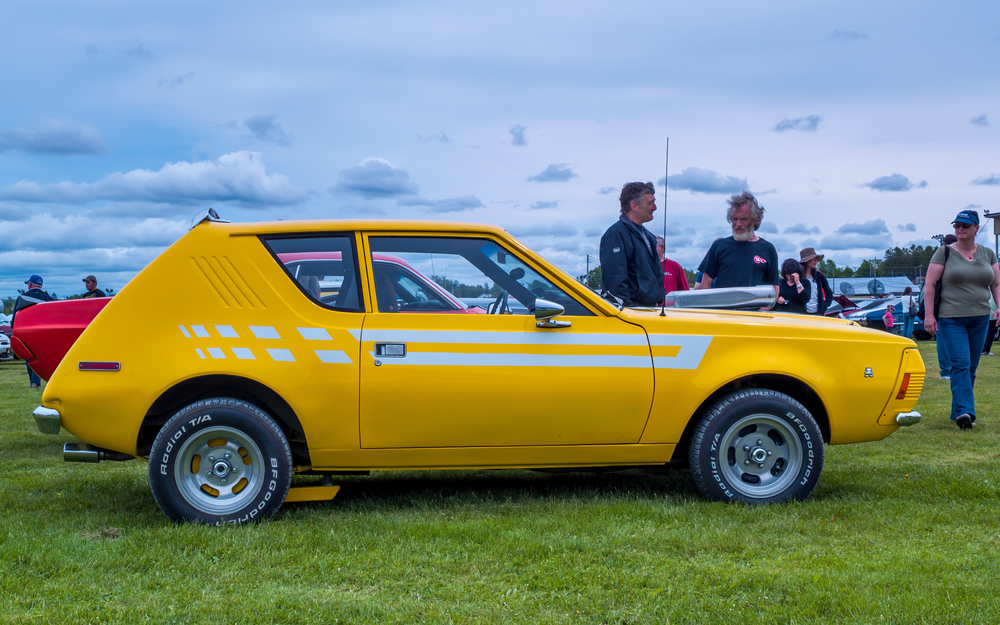
The AMC Gremlin, launched in 1970, was a subcompact car known for its odd design, with a truncated rear end. Although it was marketed as an affordable and economical car, it suffered from poor build quality, unimpressive performance, and questionable styling choices, making it a target for criticism and jokes.
Chevrolet Citation
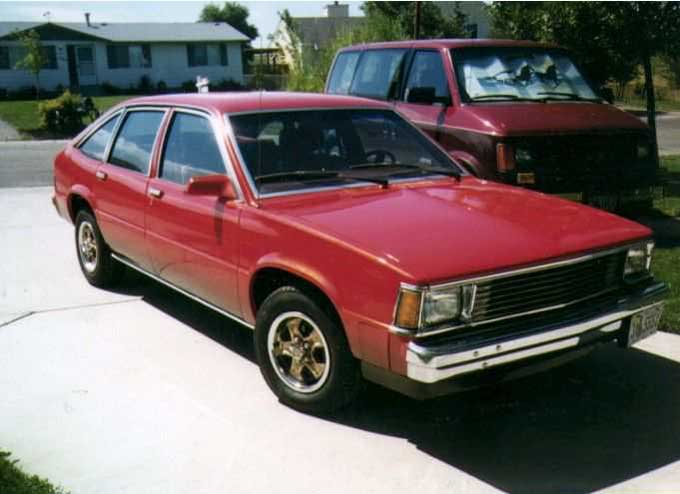
The Chevrolet Citation, introduced in 1980, was intended to be a modern front-wheel-drive compact car. However, it was plagued with mechanical issues, including severe brake problems and transmission failures. Despite initial strong sales, its reputation quickly declined due to these reliability issues and numerous recalls.
Oldsmobile Diesel

Oldsmobile’s diesel engines, offered in the late 1970s and early 1980s, were a disaster. These engines were adapted from gasoline engines and were notorious for poor performance, frequent breakdowns, and high maintenance costs. The backlash from these unreliable engines severely hurt Oldsmobile’s reputation and contributed to the decline of diesel-powered passenger cars in the U.S.
Plymouth Volaré
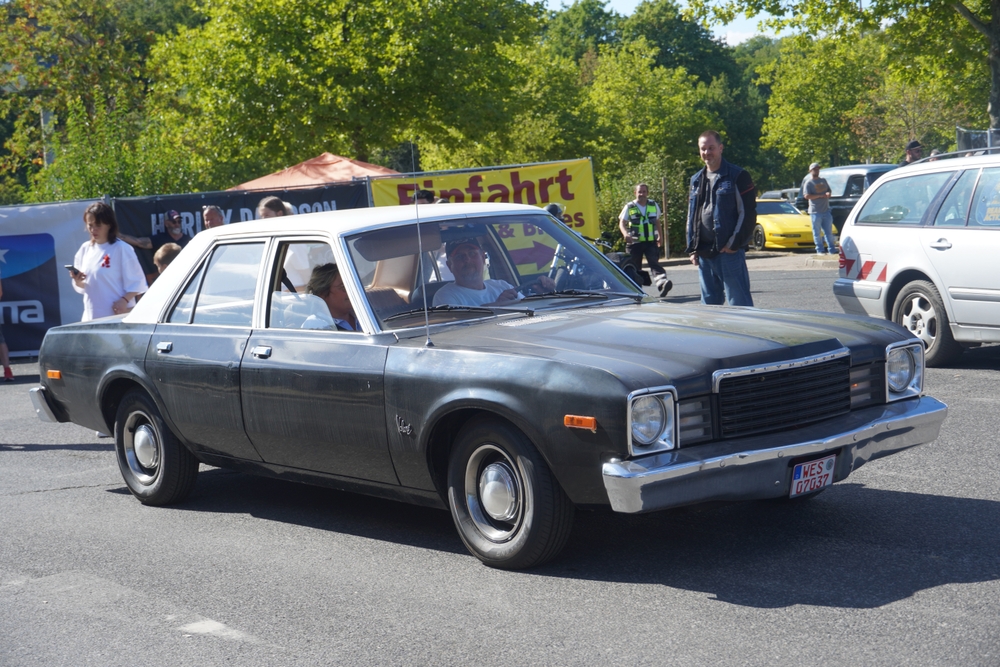
The Dodge Aspen and Plymouth Volaré, introduced in 1976, were initially well-received for their comfort and features. However, they quickly became infamous for rust problems, poor build quality, and reliability issues, leading to numerous recalls. These problems tarnished the image of Chrysler’s compact cars.
Ford Mustang II
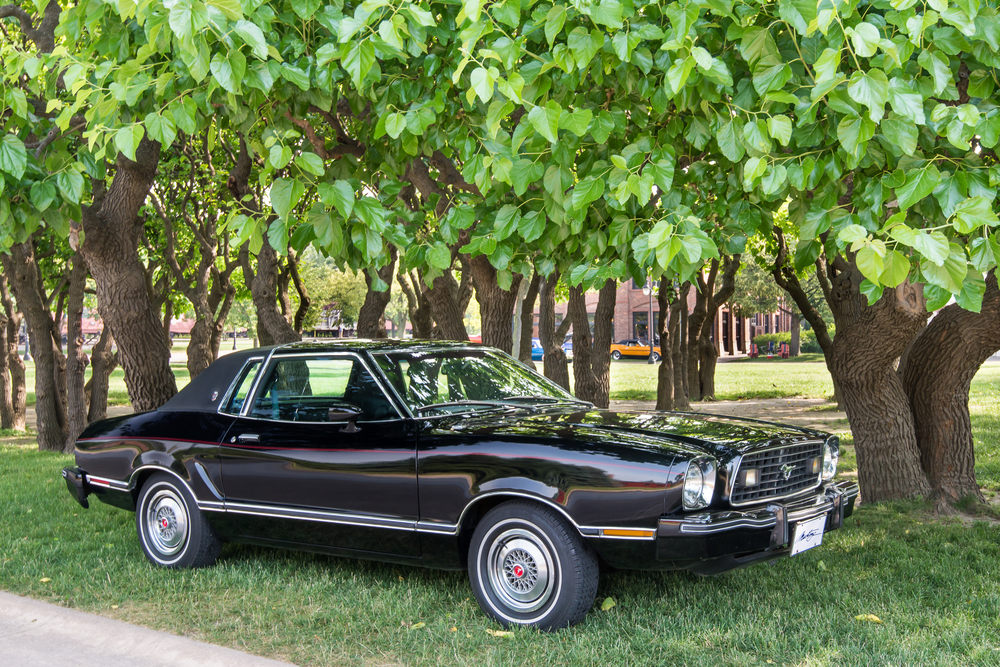
The Ford Mustang II, produced from 1974 to 1978, was a downsized version of the classic Mustang, introduced during the oil crisis. While it offered better fuel efficiency, enthusiasts criticized it for its bland design, lackluster performance, and departure from the Mustang’s sporty heritage, making it one of the least beloved Mustangs.
Buick Reatta
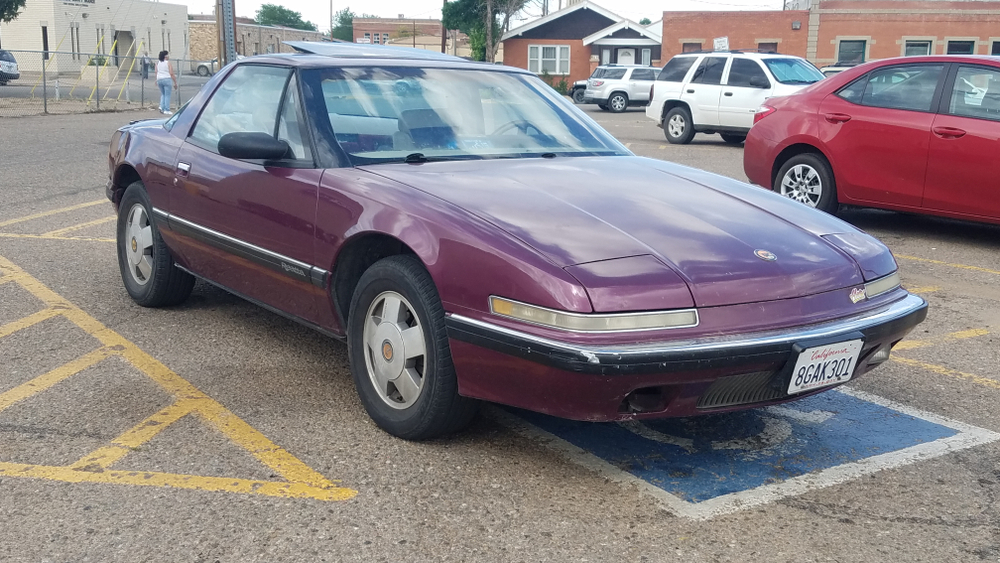
The Buick Reatta, launched in 1988, was a luxury two-seater that failed to capture the market’s interest. It was criticized for its high price, lack of power, and limited practicality. Despite its advanced technology and craftsmanship, the Reatta struggled to compete with more established luxury sports cars.
Chrysler TC by Maserati
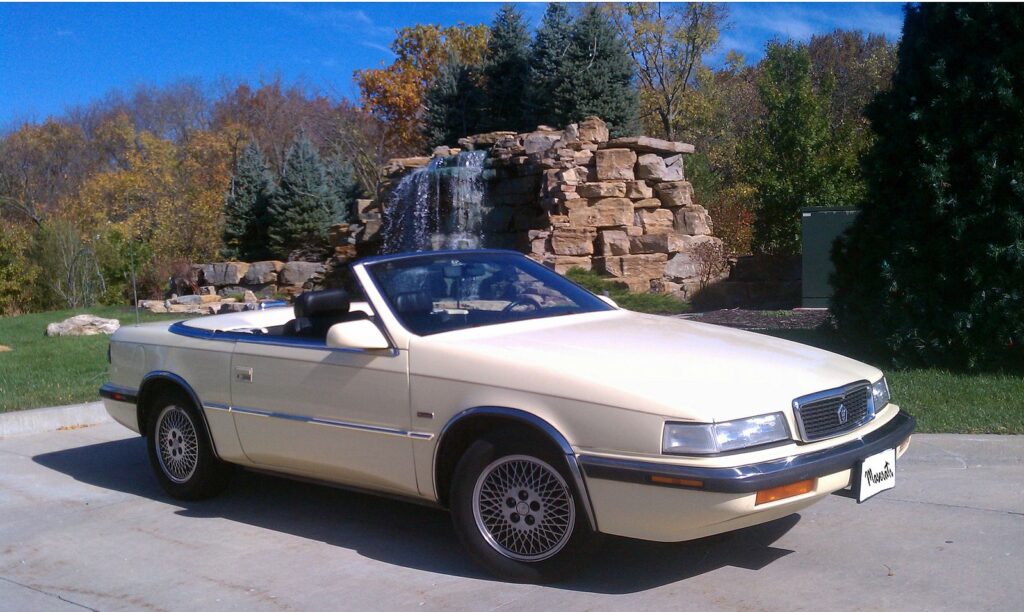
The Chrysler TC by Maserati, introduced in 1989, was a collaboration between Chrysler and Maserati that failed to impress. It was overpriced and lacked the performance and luxury expected from a Maserati, while sharing too many components with the much cheaper Chrysler LeBaron. This mismatch led to poor sales and a short production run.
Chevrolet Chevette
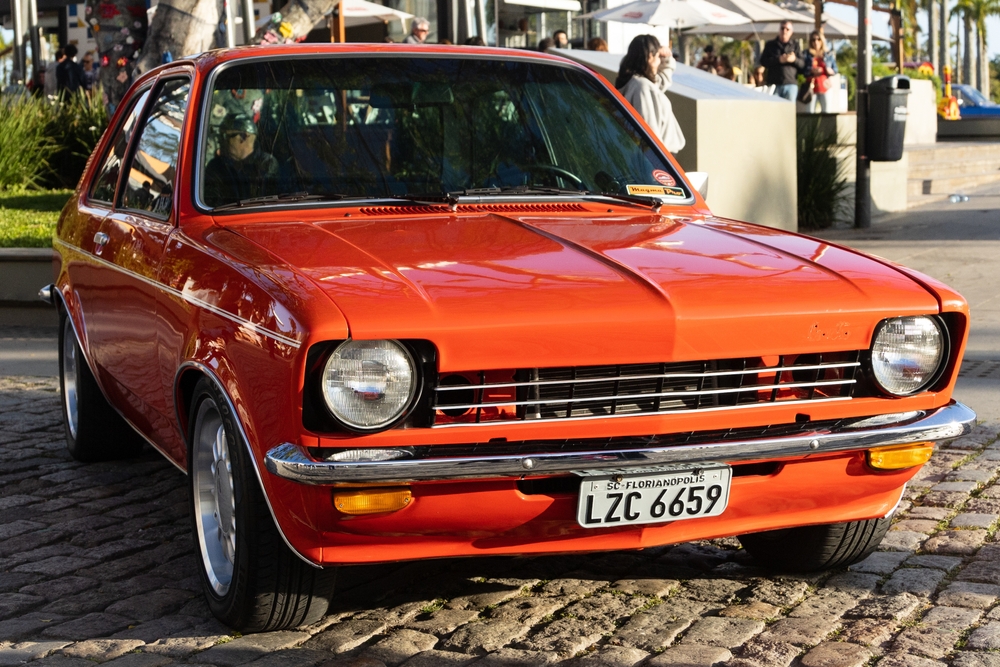
The Chevrolet Chevette, produced from 1976 to 1987, was a subcompact car known for its basic design and lack of features. It was often criticized for its poor build quality, underpowered engine, and uncomfortable ride. Despite being affordable, its reputation for being a cheap, uninspiring car led to its unpopularity.
Mercury Bobcat
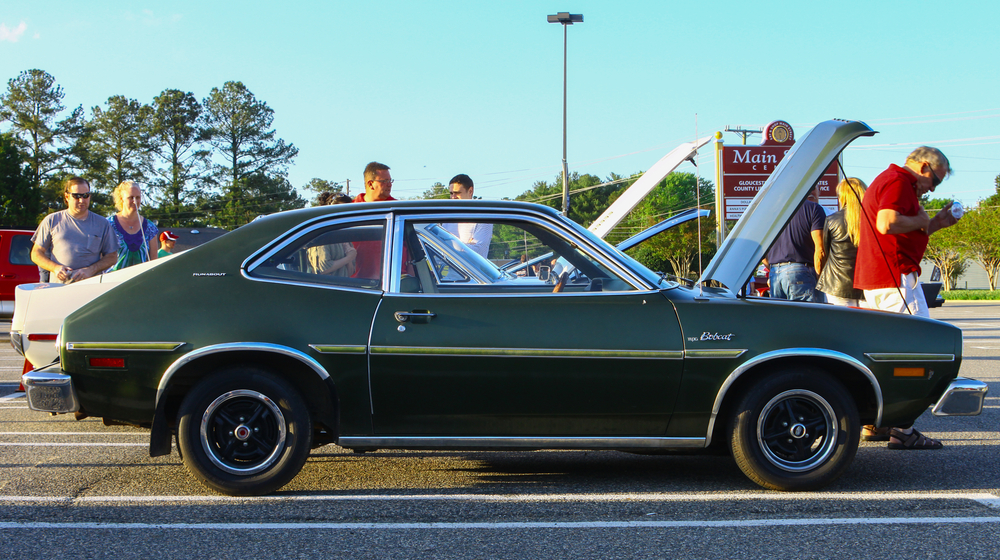
The Mercury Bobcat, a rebadged version of the Ford Pinto, shared all of its sibling’s flaws, including the infamous fuel tank issue. Introduced in 1975, it offered little to differentiate itself from the Pinto and faced the same criticism for safety and build quality, making it equally disliked.
Plymouth Horizon
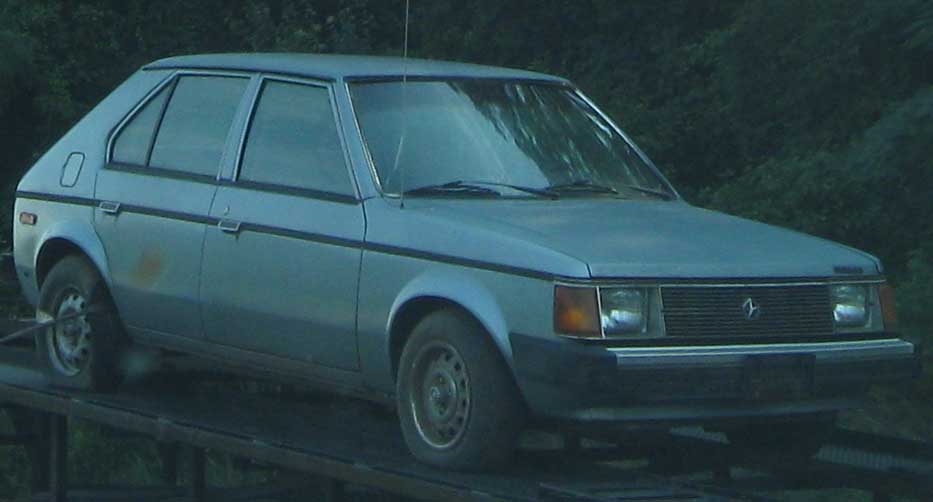
The Plymouth Horizon, introduced in 1977, were compact cars that initially received praise for their practicality and front-wheel-drive layout. However, they suffered from reliability issues, including engine and transmission problems, and rusted quickly, leading to a decline in their popularity.
Cadillac Seville (V8-6-4)
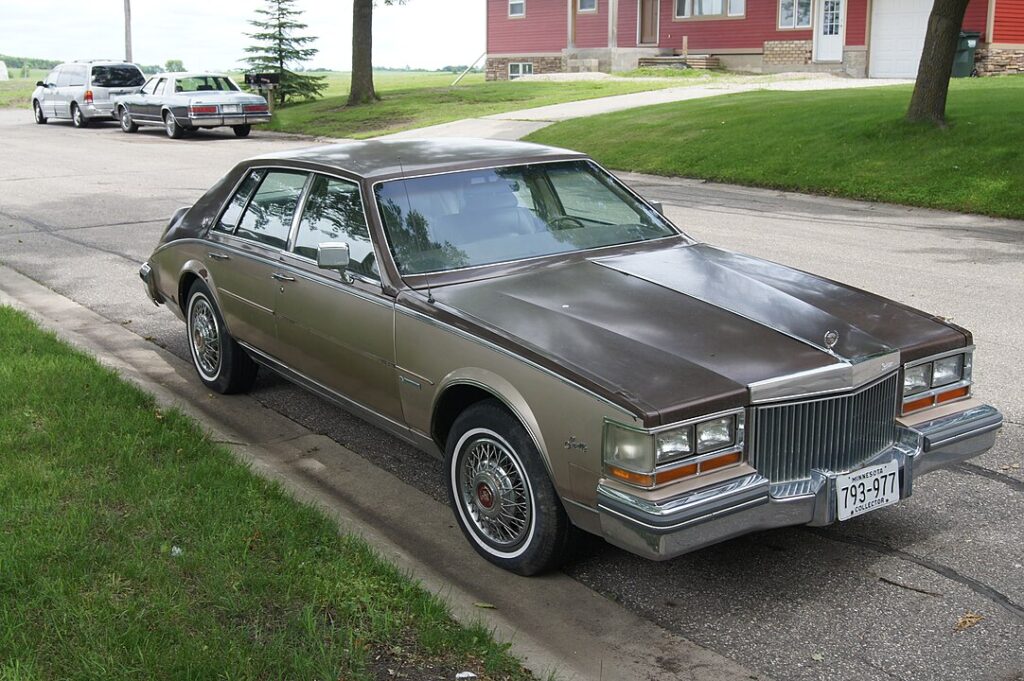
The Cadillac Seville with the V8-6-4 engine, introduced in 1981, featured an innovative but problematic cylinder deactivation system designed to improve fuel economy. The technology was unreliable and caused numerous performance issues, leading to widespread dissatisfaction and damaging Cadillac’s reputation for advanced engineering.
Lincoln Versailles
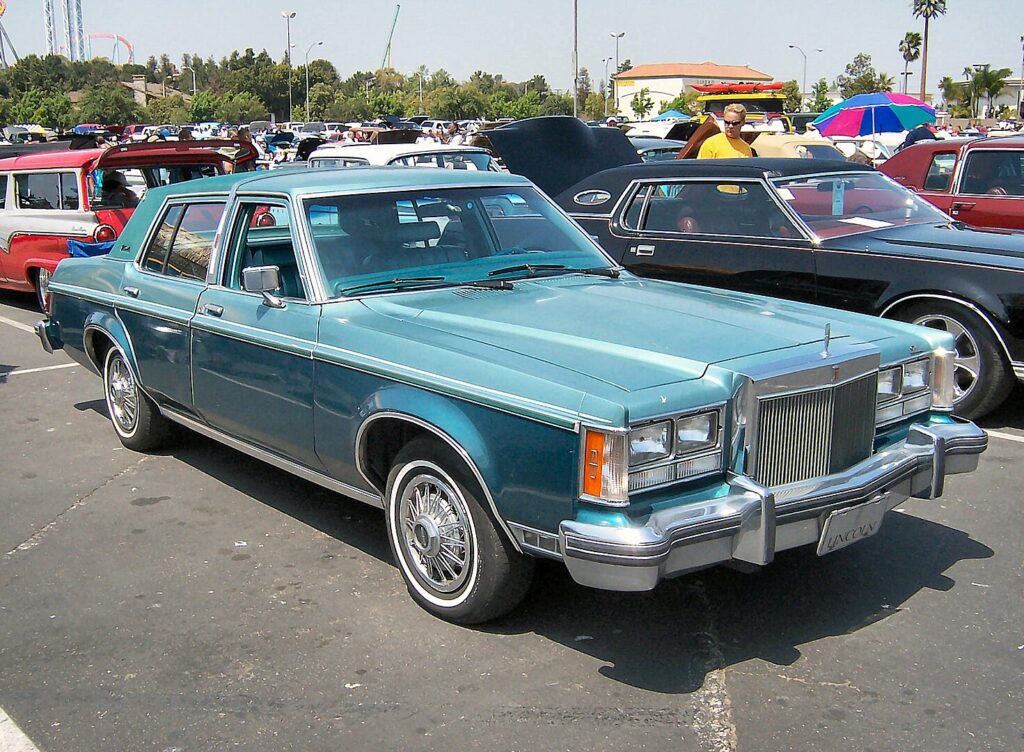
The Lincoln Versailles, introduced in 1977, was criticized for being a poorly executed attempt to compete in the compact luxury segment. Essentially a rebadged Ford Granada with a higher price tag, it failed to offer the luxury and performance expected from a Lincoln, resulting in disappointing sales and a tarnished image.
Chrysler PT Cruiser
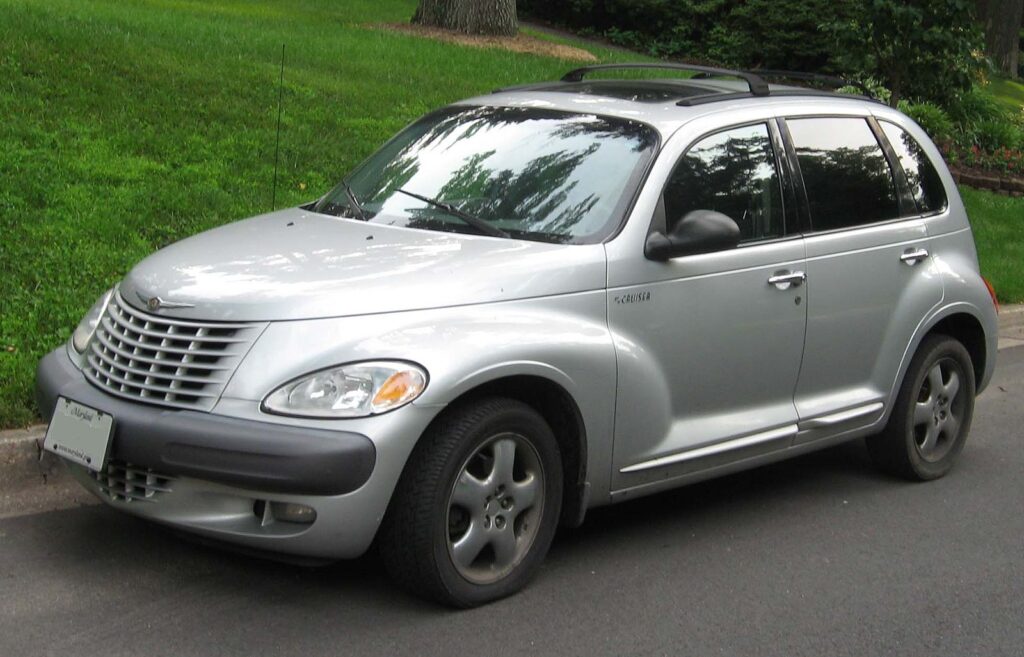
The Chrysler PT Cruiser, launched in 2000, featured retro styling that initially attracted attention. However, its poor performance, mediocre build quality, and lack of modern features quickly led to a decline in popularity. Despite its distinctive look, it failed to sustain consumer interest over the long term.
Ford Taurus (1996 redesign)
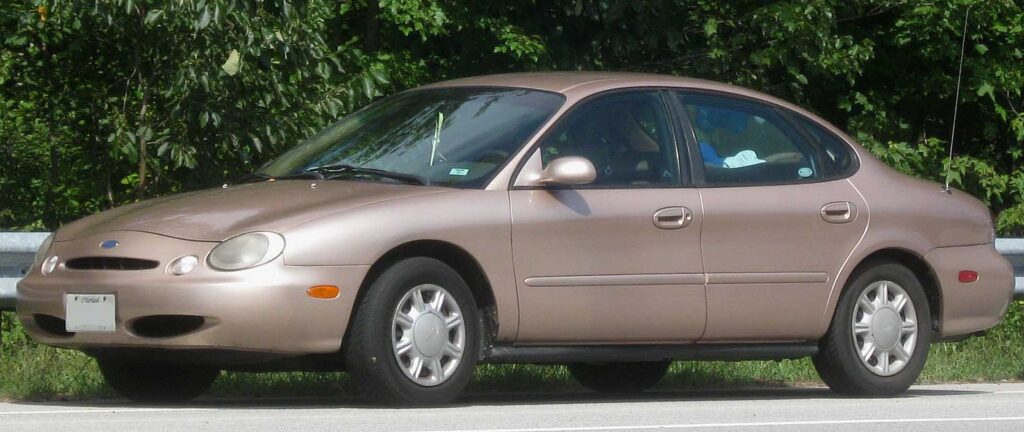
The 1996 redesign of the Ford Taurus introduced a controversial oval-themed design that polarized consumers. While the Taurus had been a best-seller, this redesign led to a significant drop in sales due to its unconventional appearance and lack of significant improvements in performance or features.
Pontiac Fiero

The Pontiac Fiero, produced from 1984 to 1988, was initially popular for its sporty design and mid-engine layout. However, it suffered from reliability issues, including engine fires in early models, and lacked the performance to match its looks. These problems overshadowed its innovative aspects, leading to its early discontinuation.
Dodge Charger (1982-1987)
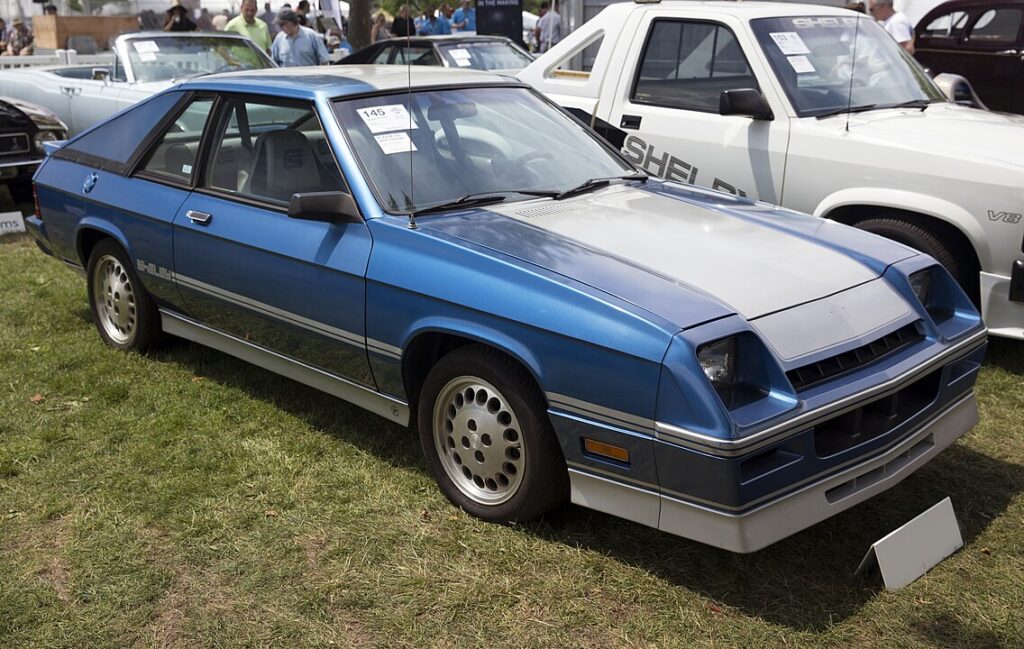
The Dodge Charger from 1982 to 1987 was a far cry from its muscle car predecessors. It was a compact, front-wheel-drive hatchback with lackluster performance and unremarkable design, disappointing fans of the classic Charger and failing to capture the market’s interest.
Chevrolet SSR
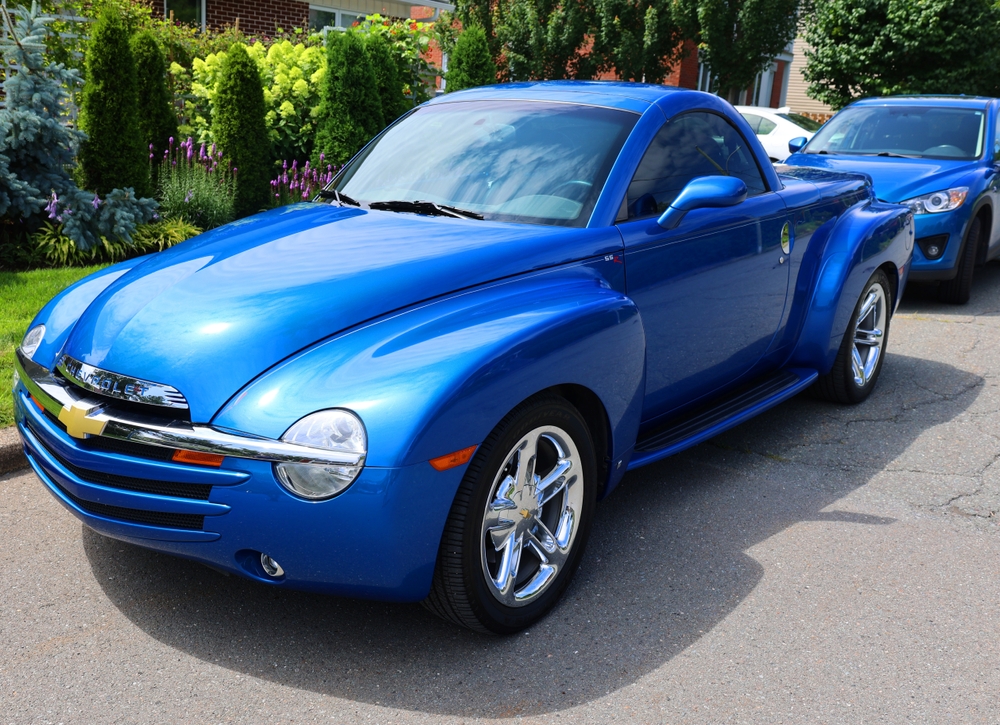
The Chevrolet SSR, produced from 2003 to 2006, was a retro-styled pickup truck that aimed to combine a sports car’s performance with a truck’s utility. Despite its unique design and retractable hardtop, it was criticized for its high price, limited practicality, and underwhelming performance, leading to poor sales.
Hummer H2
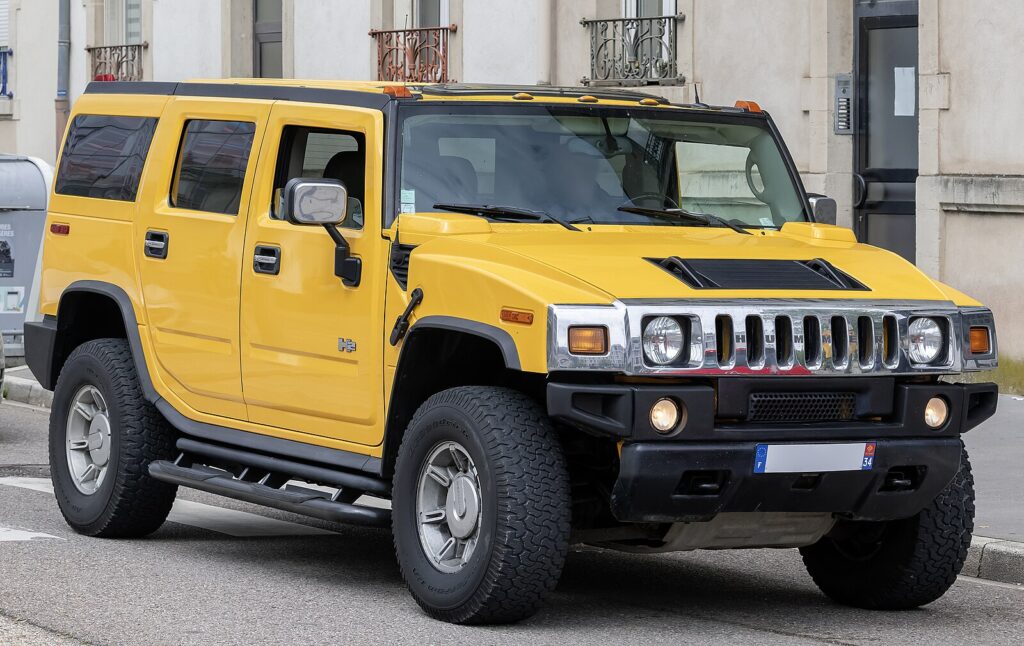
The Hummer H2, launched in 2002, was a symbol of excess with its massive size and poor fuel economy. While initially popular among certain demographics, it faced widespread criticism for its impracticality, environmental impact, and association with conspicuous consumption, leading to its eventual discontinuation.
This article originally appeared in MyCarMakesNoise.
More from MyCarMakesNoise
15 Worst Cars for Resale Value
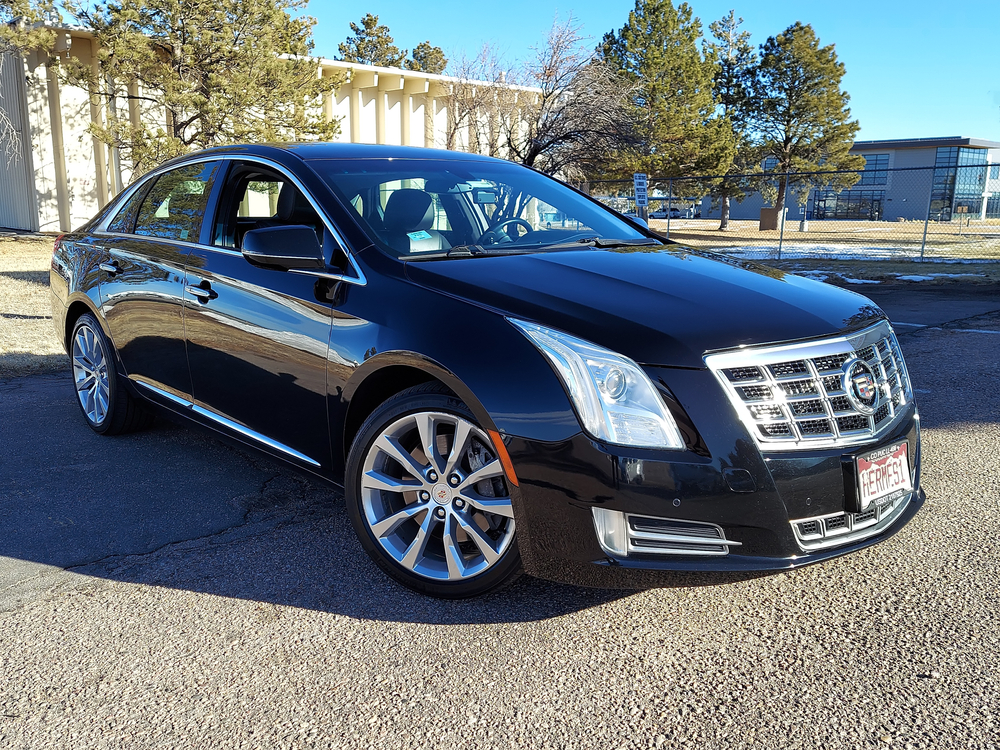
Buying a car is a significant investment, and while the allure of a shiny new vehicle can be strong, it’s crucial to consider the long-term financial implications of your purchase. Depreciation is a car buyer’s stealthiest expense, quietly eroding the value of a vehicle over time. Read More.
10 Lesser-Known Bicycles Perfect for Passionate Cyclists

In the cycling universe, certain models always seem to grab the spotlight, boasting the latest technology and high-profile endorsements. Yet, beyond these popular choices, there exists a collection of bicycles that, while less recognized, offer exceptional quality, versatility, and unique features. Read More.
10 Timeless Boats That Remain Favorites
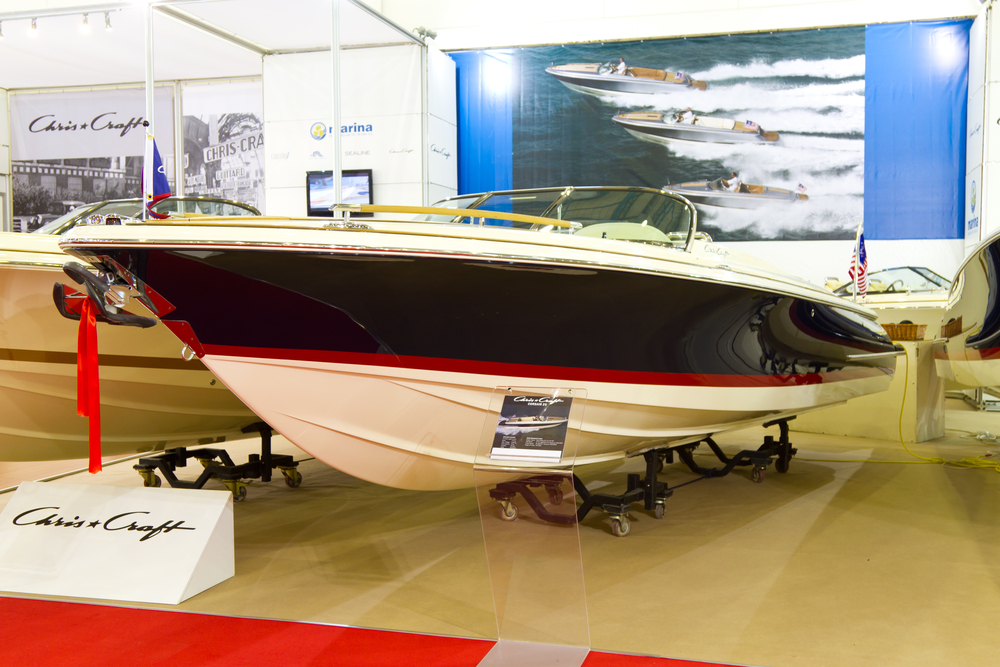
In the ever-evolving world of boating, certain vessels stand the test of time, becoming enduring favorites among enthusiasts and casual sailors alike. These timeless boats, known for their exceptional craftsmanship, innovative design, and lasting value, continue to captivate and inspire generations of boaters. Read More.


